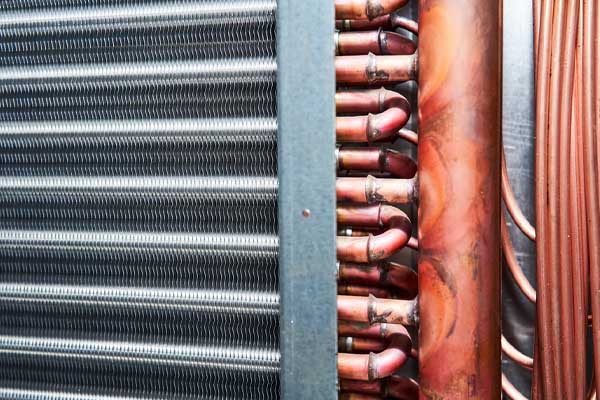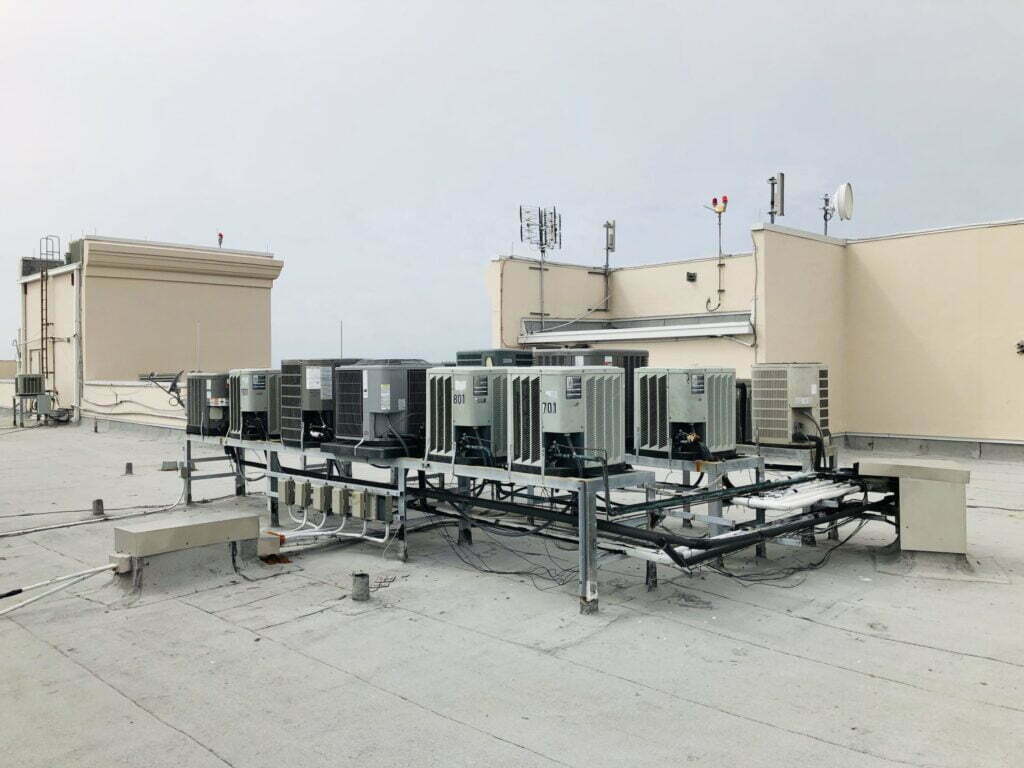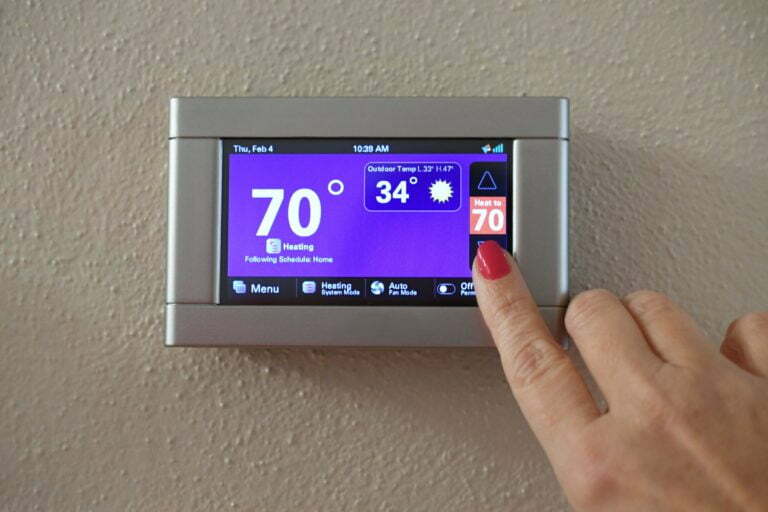Having your own air conditioning unit is a great way to stay cool during the hot summer months. But do you know what essential components make up an AC unit? Keep reading to learn more about the essential components of an AC unit.
Evaporator Coil

The AC evaporator coil is one of the essential components of an air conditioning unit. It is responsible for cooling the air in a room. The evaporator coil is a metal tube that is filled with refrigerant gas. When the compressor pumps the refrigerant through the evaporator coil, the refrigerant absorbs the heat from the air, thus cooling it. The cooled air is then sent back into the room.
The evaporator coil is also responsible for dehumidifying the air. As the air passes through the coil, the refrigerant absorbs the moisture from the air. This condensation process removes the moisture from the air, thus making it more comfortable for the occupants of the room.
Without the evaporator coil, the AC unit would not be able to effectively cool and dehumidify the air, making it uncomfortable to be in the room. As a result, it is important to ensure that the evaporator coil is functioning properly and is regularly maintained in order to keep the AC unit running at its optimal performance.
Compressor

As discussed, the refrigerant gas in the unit is used to absorb heat from the air inside the unit. The compressor is the heart of the AC unit and is responsible for circulating the refrigerant throughout the system. It compresses the refrigerant gas, which increases its temperature and pressure, and then delivers it to the condenser.
HVAC compressors come in a variety of sizes and types according to your central air conditioner’s rated cooling capacity. However, all compressors rely on a steady supply of refrigerant and lubricant to function properly. Refrigerant leaks can lead to compressor damage, which is why you should have an HVAC technician inspect and service your equipment annually.
Condenser Coil
The condenser coil is a heat exchanger that transfers the heat from the air inside the AC unit to the outside environment. It is composed of two sets of copper tubes, which are wound into coils and connected to a fan. The fan blows air across the coils, which absorbs the heat from the air inside the unit and radiates it to the outside environment. In addition to transferring heat, the condenser coil also helps to compress the refrigerant gas. This helps to improve the efficiency of the air conditioner, meaning it can cool the air more quickly and effectively. The condenser coil is an integral part of the AC unit, and it is essential for keeping the air cool and comfortable.
Expansion Valve
An expansion valve is a crucial component of an air conditioning unit. It is responsible for controlling the flow of refrigerant within the system. The valve regulates the amount of liquid refrigerant entering the evaporator coil. As the refrigerant flows into the evaporator coil, it absorbs heat from the air passing over the coil. This process cools the air, which is then distributed throughout the space being cooled.
The expansion valve is normally situated between the condenser and evaporator coils. The valve is connected to a service port, allowing access to the valve for maintenance and checking the performance. It features a temperature-sensing bulb, which monitors the temperature of the refrigerant that is entering the evaporator coil. The bulb sends a signal to the valve to open or close based on the temperature of the refrigerant. This ensures that the proper refrigerant flow is maintained and that the system is operating efficiently. It is important to maintain and inspect the valve regularly to ensure that it is working well and that the system is running efficiently.
Overall, the components of an AC unit are essential to ensure that the unit is running efficiently and effectively. They serve a variety of purposes, from cooling the air to controlling humidity levels, and must be maintained and serviced regularly to ensure optimal performance. Altogether, these components are vital for providing a comfortable and healthy environment.





